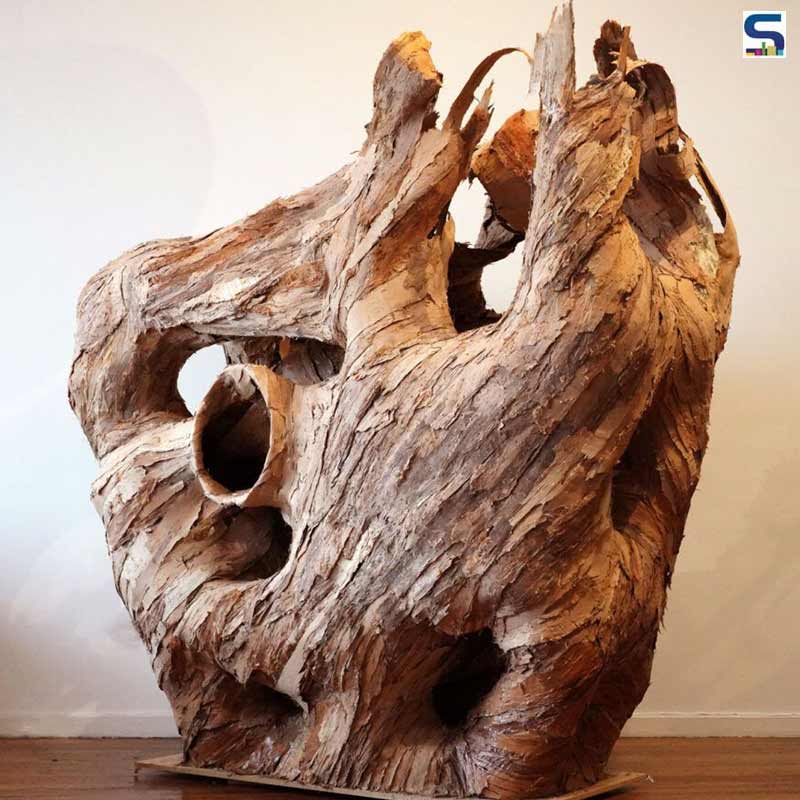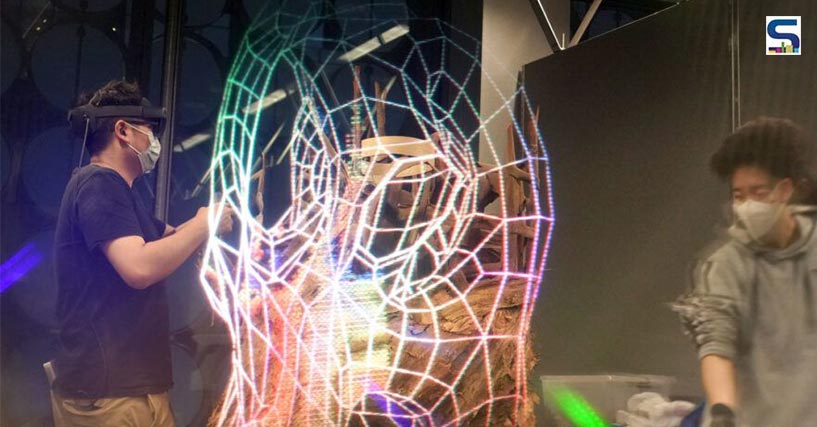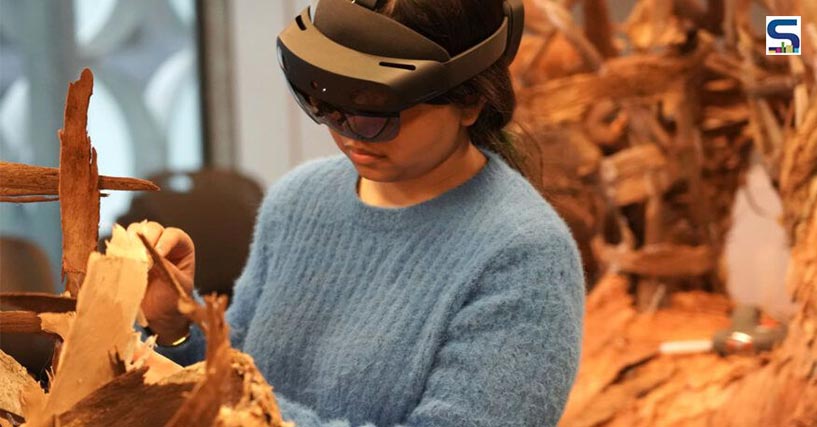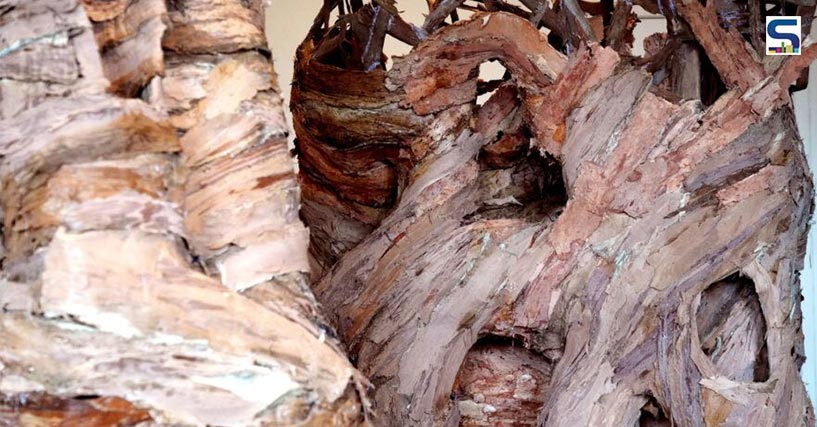
Now we all know that holograms are 3D images created out of laser lights, which appear to have more depth than images formed from lenses. However, in a first, a group of scientists has developed the world’s thinnest hologram. The hologram is reportedly a thousand times thinner than a human hair. Here is a detailed report on SURFACES REPORTER (SR).
 Alongside the RMIT team, Fologram commenced experimentation with the thin bark from the paperbark tree as an art medium and building material named barkitecture.
Alongside the RMIT team, Fologram commenced experimentation with the thin bark from the paperbark tree as an art medium and building material named barkitecture.
World’s thinnest hologram
According to the lead author of the study, Professor Min Gu, Research Innovation and Entrepreneurship Department, Royal Melbourne Institute of Technology (RMIT), Australia, ‘integrating holography into everyday electronics would make screen size irrelevant – a pop-up 3D hologram can display a wealth of data that doesn’t neatly fit on a phone or watch.’ However, conventional computer-generated holograms are too big for electronic devices.
A team of physicists from RMIT, Australia and the Beijing Institute of Technology (BIT), China published a paper in Nature Communications that describes how a thin film of antimony telluride (Sb2Te3) can reduce the size of holograms. It further elaborates on the nano-hologram which measures 60 nanometres. Through the research, it was found that the grainy, repetitive surface structure of antimony and tellurium atoms lead to unequal refractive indices and acted as optical resonant cavities. Light from the laser beam is allowed through an optical resonant cavity which bounces around and reflects to create waves in different phases. These shifted positions in light are likely to create an illusion of depth which is seen in holographic imaging.
 The VR headsets allowed the students to see the actual developing form of the digital shape.
The VR headsets allowed the students to see the actual developing form of the digital shape.
Present progress
Australian design studio Fologram, which specializes in mixed reality experiences, recently introduced its work in paperbark. Paperbark, also known as melaleuca quinquenervia, is a tree that is seen throughout the country including rural and urban areas. Alongside the RMIT team, Fologram commenced experimentation with the thin bark from the paperbark tree as an art medium and building material named barkitecture.
 The bark is further contoured into creative designs at the studio through a process that is similar to paper mache.
The bark is further contoured into creative designs at the studio through a process that is similar to paper mache.
Since the trees are available in abundance, the team sourced the bark strips in small quantities to avoid causing any damage to the trees. The bark is further contoured into creative designs at the studio through a process that is similar to paper mache. The team formulated the design digitally and for fabrication, they used augmented reality via the HoloLens 2. The VR headsets allowed the students to see the actual developing form of the digital shape. The team used stiffer barks for support and fragile pieces as laminate for outer covering. Available in a variety of shades and textures, the finished product inspires the exploration of readily available, sustainable and natural materials.
Image credits: Fologram